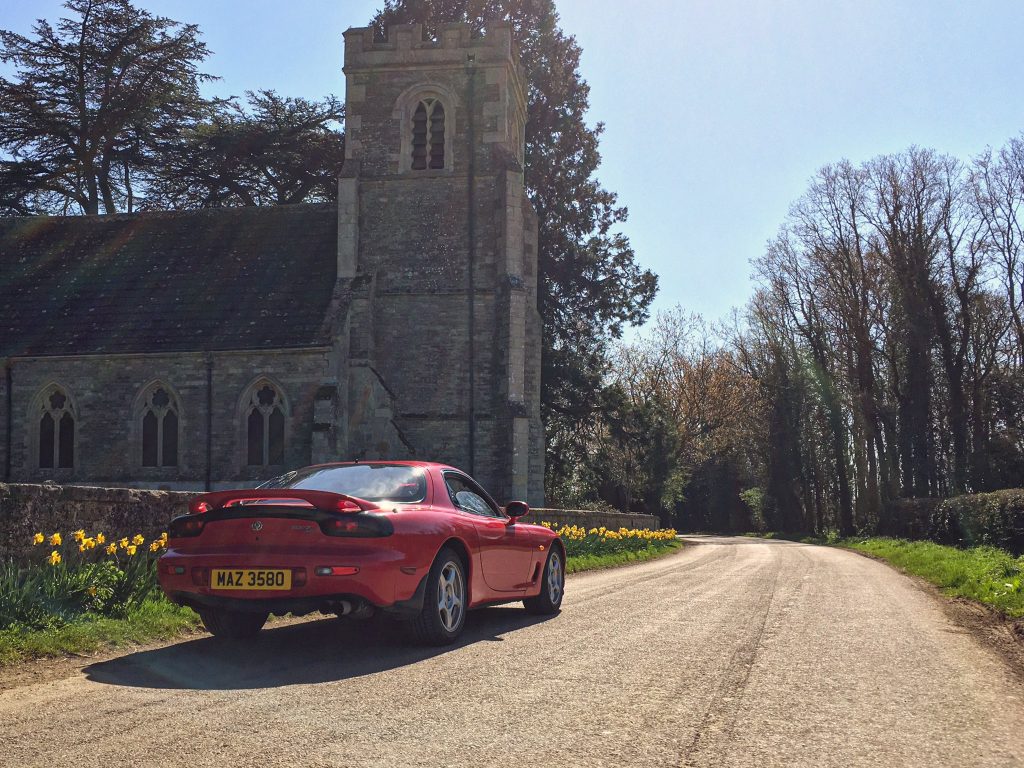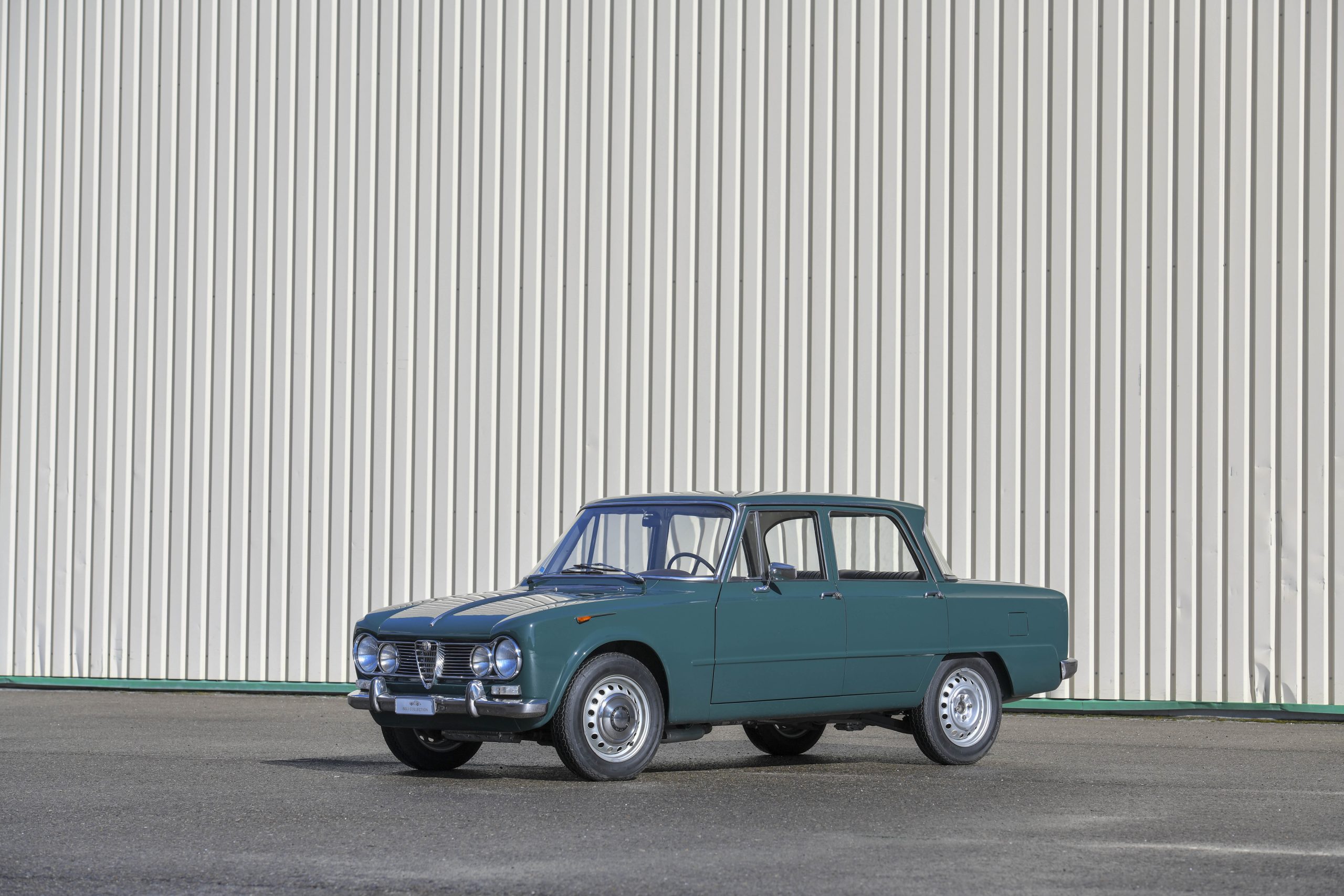So you own a classic or modern classic vehicle? Great, then you’re one of us. But enjoying old cars and motorcycles and caring about the planet we live on aren’t mutually exclusive, so you may still be conscious of the impact driving has on the environment, and wish to do something about it.
In some ways, driving a classic car means you’re off to a good start. Much of a vehicle’s impact on the environment comes from its use, not its manufacture (this article on CarbonBrief cites a couple of studies in refreshingly clear language), but that manufacturing cost still shouldn’t be ignored.

Since your classic is already in existence, its contribution on that front has long since been paid for in its use. It is not being created afresh every three years like a new vehicle bought on a three-yearly finance plan, so its only real impact comes from consumables, and the fuel it uses.
And you’re probably not doing much of that either. As well as being comparatively scarce compared with modern ones, classics typically aren’t driven as long or as often. According to the Federation of British Historic Vehicle Clubs, the annual distance typically notched up by a classic is 1200 miles, versus 7200 miles for most new cars. So even though your classic’s tailpipe emissions won’t be as clean as that of a modern vehicle, and its fuel consumption may be higher, simply by driving it less, its contribution to pollution or fossil fuel use is relatively low.
That gentle usage profile also means minimal use of wear items like tyres and brakes, and there’s every chance that when you’re replacing components on your car, you’re being resourceful and tracking down reconditioned, or new-old-stock parts – which again, aren’t having to be manufactured afresh.
But after all that, you may still wish to contribute to a carbon-offsetting scheme to ensure that even the limited use you get from a classic has minimal impact on the environment.
From monetary contributions that go towards green projects around the world, to physically planting trees, we’ve selected several options that give you a choice of how to minimise your classic’s impact on the environment while enjoying it to the full.
Carbon footprint calculator

One factor to help with any decision offsetting emissions is to find out what your car’s carbon footprint is in the first place. The footprint calculator at carbonfootprint.com is a good place to start.
For simplicity, we’ll use this author’s 1994 Mazda RX-7 as an example, which will cover around 2500 miles per year at an average of 20mpg. That results in a carbon footprint of 1230kg of CO2e (CO2 equivalent), and clicking on the “offset now” button gives you several options, and costs, of offsetting these emissions, with suggestions for initiatives at both a global level and in the UK.
All are surprisingly affordable. The most expensive, supporting the planting of trees in the UK, comes up as £39.60 including VAT, claimed to cover two tonnes of CO2e. Since a full tank of fuel in the RX-7 costs three times that, it doesn’t seem like a huge price to pay. Given many of the tree-planing programmes involve kids (for education, rather than cheap labour…), it’s a benefit to local communities too.
Hagerty ECO carbon offset program
As the world’s largest membership organisation for car enthusiasts, Hagerty has a part to play, too, and recognises that its members also feel that way. In January, 2023, Hagerty introduced ECO, a voluntary Enthusiast Carbon Offset program to help motorists that want to reduce the carbon footprint of their vehicles in an easy and transparent way.
ECO will any driver to calculate their annual CO2 emissions by entering their vehicle’s type and the mileage they want to offset into a web-based emissions calculator. It will measure your vehicle’s carbon footprint and give you the option to make a one-off contribution to offset it, through initiatives based in Britain. The funds are used to plant enough trees to offset multiple times your CO2 emissions leaving you to enjoy your passion sustainably.
As an example, a 1959 Hillman Minx like this one run by Damien Cross, Hagerty’s Social Media Manager, has fuel economy (as tested in period, by The Motor magazine) of 32mpg. Driving it for 1000 miles a year is equivalent to emitting 723kg of CO2, and would cost £15.30 to offset for a year through the Hagerty ECO program. A modern classic, like the 2003 BMW M3 run by James Mills, Editor of Hagerty Media, averages 27mpg, which is equivalent to nearly 1720kg of CO2 over 2000 miles of motoring. The cost to offset it for a year would be £37. Try the calculator yourself, via this link.
Shell carbon offsetting
Carbon offsetting through a petroleum company is a bit like the Three Little Pigs going to Big Bad Wolf & Co. Realty for their next house, but companies such as Shell do offer such a system through their loyalty card scheme, Shell Go+. The opt-in scheme was free until November 2022 and Shell matched the half-pence contribution toward CO2 offsetting you made on each litre of fuel purchased; now participants contribute one pence per litre, and there is no contribution from Shell.
By tracking how much fuel you’re using it can be used to calculate your overall “well to wheels” carbon emissions – that is, the impact of everything from the moment oil is sucked out of the ground to the moment it’s combusted in your engine.
Shell’s system will then purchase carbon credits equivalent to your emissions, offsetting them through the company’s portfolio of projects, much like the carbonfootprint calculator, mentioned above. Carbon credits will then go towards things like forestry or grassland projects.
Support carbon-neutral classic businesses and events

In 2020, the Historic Endurance Rallying Organisation, or HERO, announced its commitment to make all its events carbon neutral. As part of this, HERO has also been working to calculate the environmental impact of classic vehicles, as they will build up an emissions database using the latest testing equipment.
The company’s December 2020 report made for reassuring reading: The average user of a classic car generates 563kg of CO2 per year – around half that of using a computer, and around a sixth that of using a modern combustion vehicle regularly – so your classic’s overall impact is almost certainly much lower than your daily commuter.
In late 2020, the company announced its annual CO2 emissions came to 424 tonnes, with 96 per cent coming from rallying activities, including those overseas, and it used BeZero carbon credits to offset the year’s emissions. Using companies like HERO for classic activities is a simple way of offsetting associated carbon emissions.
Find a carbon-offsetting company

Carbon offsetting is not be-all and end-all solution to some of the environmental issues the world is currently facing. It does not account for non-carbon emissions emitted by a vehicle, and it isn’t physically reducing the amount of CO2 your car emits or fuel it burns either.
But it’s a positive start, and we’re assuming here that you’re unlikely to change your pride and joy any time soon, nor change how you use it – because you’re probably not driving it that much in the first place compared to others in modern vehicles, so carbon offsetting is more about finding a way of minimising your classic’s already limited impact.
There are plenty of companies willing to help you do that. It’s a bit of a minefield frankly, with many different ways of calculating your carbon footprint and all manner of projects that can be contributed towards. Try the likes of Net-HERO, which calculates to nearest tonne, and charge around £30 for the first tonne, and includes a breakdown of all CO2 offsetting projects your money goes toward, a certificate of proof and a neat vignette that you can put in your vehicle’s window.
We’d also suggest taking a look at this list from The Guardian, which neatly summarises several options, their costs, and the projects they support.
Ultimately, the more we’re prepared to minimise the environmental impact of our hobby, the longer we’ll be able to enjoy it.
Also read
Hagerty launches program for classic car owners to offset carbon emissions
The Revival Guide: How to get your classic car ready for the road
How to choose and buy the best modern-classic car









Solar power in India ? Excuse me, but India has a Space program. They ought to be sorting themselves out, not relying on me to pay for it, so if you don’t mind, I’ll buy some trees to plant in the UK and help the plant that way.
There’s also a good tool at: https://www.transportenvironment.org/what-we-do/electric-cars/how-clean-are-electric-cars which can be used to compare BEVs with a classic car for example. My modelling calculations using that tool indeed confirm what this article says: because of the low annual mileage of classics NOT used for daily mobility, CO2 output at around 0.5 tonnes per annum is low, particularly compared with around 14 tonnes of embedded CO2 for a worst-case new BEV (battery made in China and vehicle manufactured in Germany – both countries who produce lots of electricity from coal-fired power stations). That’s nearly 30 years of classic car leisure use for a BEV to catch up! But do please offset what you can which will aid public perception of old IC cars.
Great advice Francis, and thanks for the additional link and information.
All my emissions come from my tailpipe. Not the chimney of an electrical generating plant somewhere in the world.
Hold on a minute perhaps the best way to contribute to carbon offsetting is to trade in your everyday 10 – 15 year old petrol or diesel vehicle for an Electric or Hybrid car to continue using your classic car. The problem with that is that alternative fuel cell cars are still so expensive and it would mean that the new cars production would increase emissions substantially.
The chances are that the people you are buying the car off wouldn’t give you much for your old car because they would have to dispose of it.
Why don’t they just encourage people to keep their older cars longer and keep them well maintained. Why is a forty year old classic car road tax free with no MOT even if it is poorly maintained when a twenty or thirty year old well looked after modern classic car owner has to pay road tax and have a MOT, it doesn’t make sense.!
It will increasingly be only the wealthy and privileged that can own any type of car, modern or classic. By the time folks have updated their lighting systems to LED, changed their gas boilers to electric and purchased a new acceptable low emission car they won’t be able to afford to run any type of classic except perhaps a motor cycle.
Carbon offsetting is a bit of a con trick that just makes well off people believe that they are being environmentalists. I am not a socialist but nothing is thought out properly when it comes to heritage and transport.
Can people not see that this whole awareness of a ” climate crisis ” has absolutely nothing to do with any environmental concerns at all. Just examine the facts. Everyone will ultimately be forced to buy a new car, a new boiler, new kitchen appliances, new light bulbs etc etc. What’s the common denominator here? Having to buy new that’s what. So who will be the beneficiary of everyone having to dig into their savings or better still take out finance for all of this? Not the planet that’s for sure. Do I have to spell it out? Big business and shareholders. Wow, what a surprise….
This whole carbon offsetting thing is a complete scam. There is no climate crisis. We are currently at about 450ppm with regard to CO2 and ideally should be up to around 800, preferably 1,000ppm in order to help plant and vegetation growth. Plants begin to die at levels below 200ppm so exactly what levels of CO2 are we supposed to be aiming to achieve. CO2 levels in the past have been much higher than now and life has prospered greatly. The planet will look after itself, the arrogance of today’s attitude towards trying to control climate is staggering.
My SUV co2 is now 228 if I use e10 will this bring my road tax down?
One thing I NEVER see discussed is Air Conditioning. The most poisonous of all building technologies and guess what, by its very nature it puts HEAT into the atmosphere. Perhaps there should be a green tax on all air conditioning units. Come on world- Wake up.
Classic Car owners please offset your emissions at https://classicsfortheplanet.org.uk together we can improve public and government perception of the classic car movement and do our bit for the Planet.